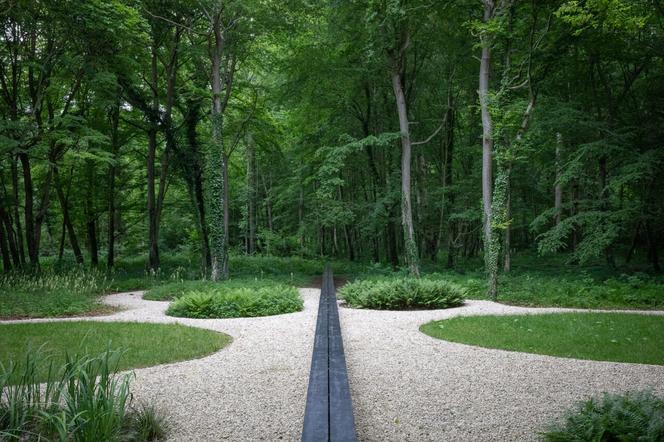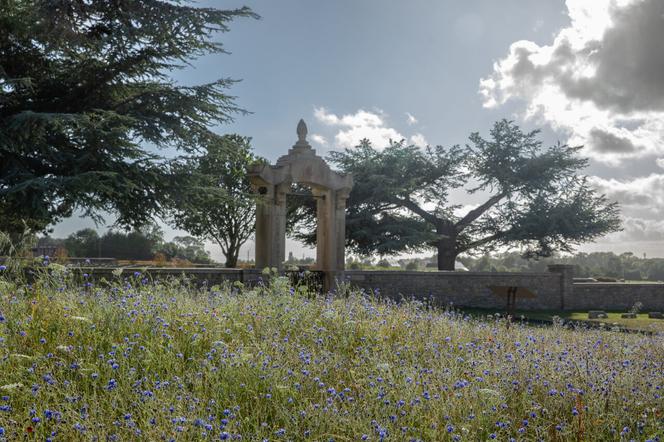

THE MORNING LIST
To mark the centenary of the Great War, the Hauts-de-France region, now joined by the Grand-Est region, took the initiative of creating "peace gardens" at battle sites. Alongside the cemeteries and ossuaries, landscape gardeners from the countries involved – the French, Germans, British, Canadians and Moroccans – designed spaces for meditation or reflection. These creations are intended to form a "peace path" featuring some 40 gardens linking Belgium to Alsace, along the former front line.

The Clairière de l'Armistice, in Compiègne Forest (Oise), is a key site in the history of the First World War. It was in a railway carriage belonging to the Compagnie Internationale des Wagons-Lits (International Sleeping Car Company) that the text putting an end to the fighting on the Western Front was signed. It was in this same wagon that the 1940 armistice was imposed – an act of humiliation orchestrated by Hitler himself, who had it exhibited in Berlin before it was destroyed by a fire in 1945. The wagon we can see today is from the same series as the original and has been faithfully restored.
The French-German peace garden guides visitors through carefully designed undergrowth toward the clearing and museum. The artistic team (a German landscape designer, a French artist and an Italian architect) made the aesthetically successful choice of evoking shell impacts in the form of green circles outlined on the gravel. The long, narrow bench that crosses the site, ideal for resting, evokes the linearity of railway tracks, creating a peaceful, suspended connection.
French-German peace garden, 'Le Jardin du troisième train' ('The Garden of the Third Train,' 2018), near the Clairière de l'Armistice, Route de Soissons, Compiègne (Oise).

This garden runs along the wall of a striking cemetery: that of the "coolies" from the former Nolette camp, in Noyelles-sur-Mer, Somme, just a seagull's flight from the Somme estuary. These Chinese contract workers mostly died after the Armistice, often as a result of the Spanish flu epidemic. The cemetery itself belongs to the Commonwealth War Graves Commission, which has maintained the graves of soldiers and auxiliaries of the then-British Empire on French soil since 1917.
Although the cemetery was designed in the 1920s by British architect Edwin Lutyens, the current garden was created by a French-Chinese team. It takes the form of a grassy ramp covered with seasonal grasses and small flowers, with a mineral path leading to a stone bench. From here, the view extends to the cemetery walls, with its Chinese-style gate, cedar trees and rows of steles engraved with ideograms, all set against the vast, peaceful surrounding agricultural landscape.
You have 57.63% of this article left to read. The rest is for subscribers only.
